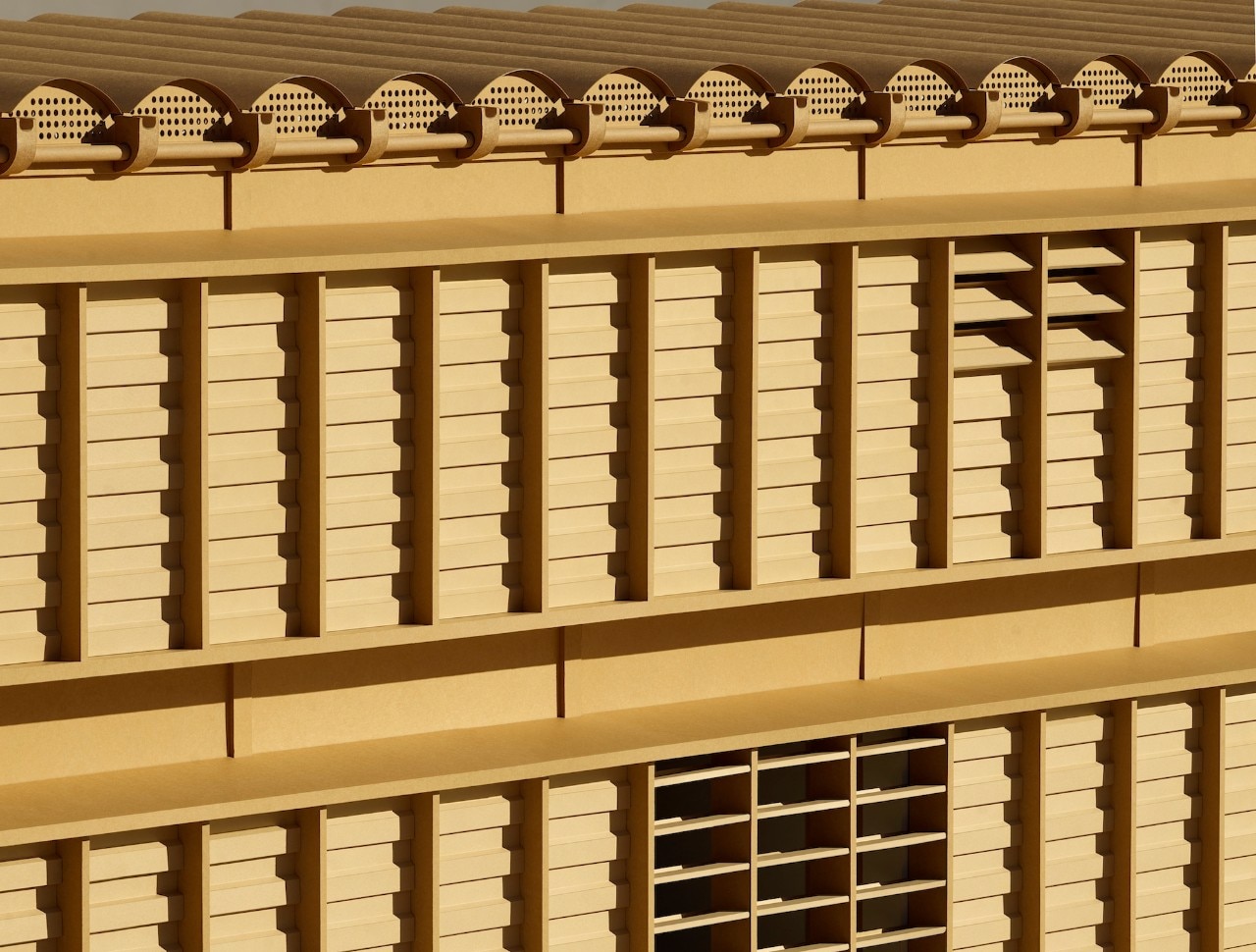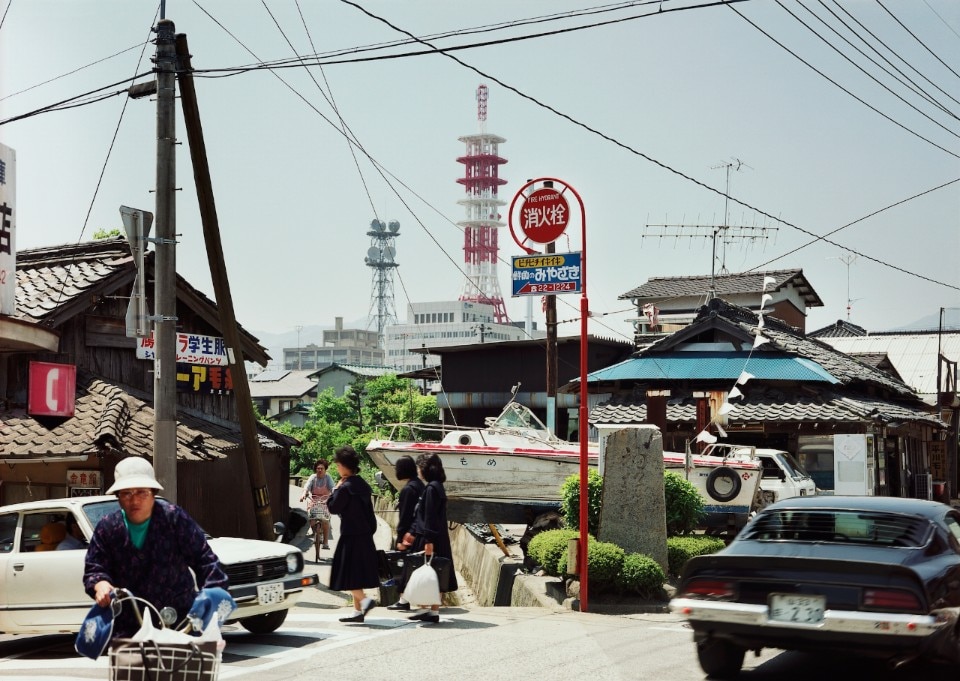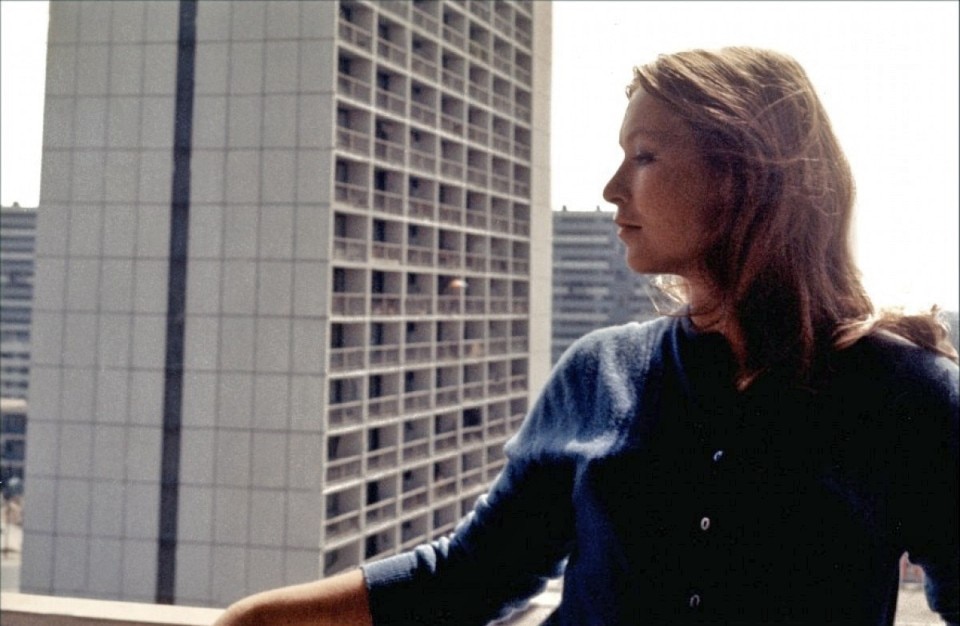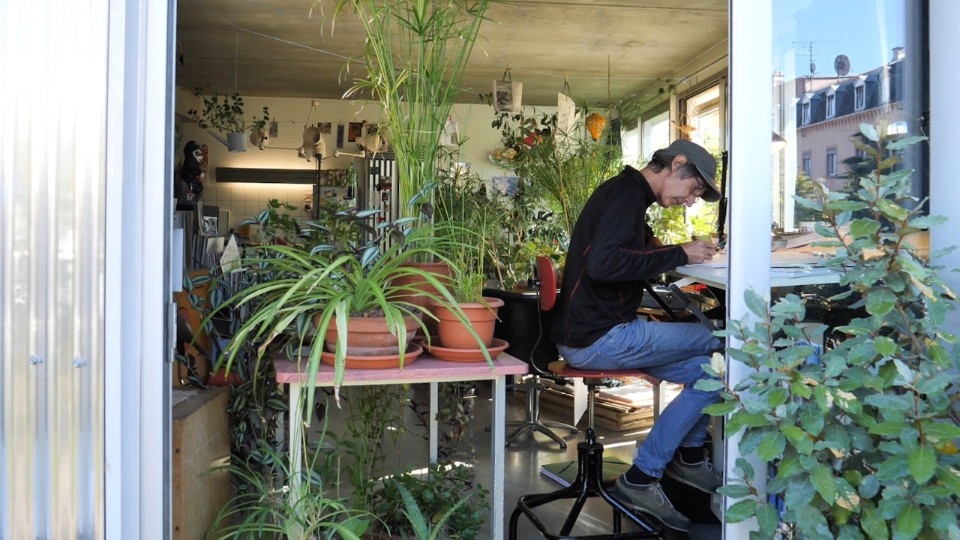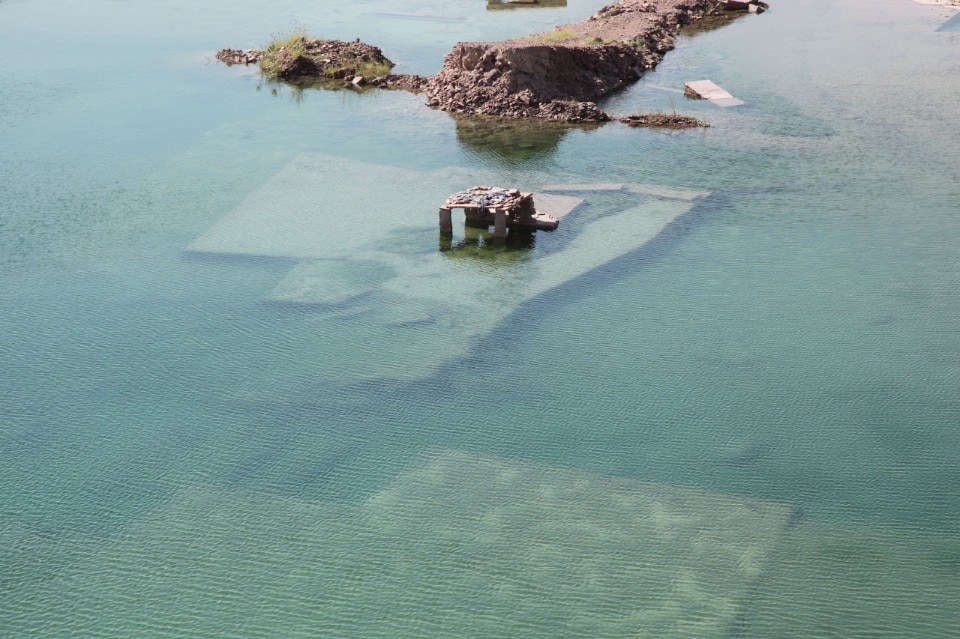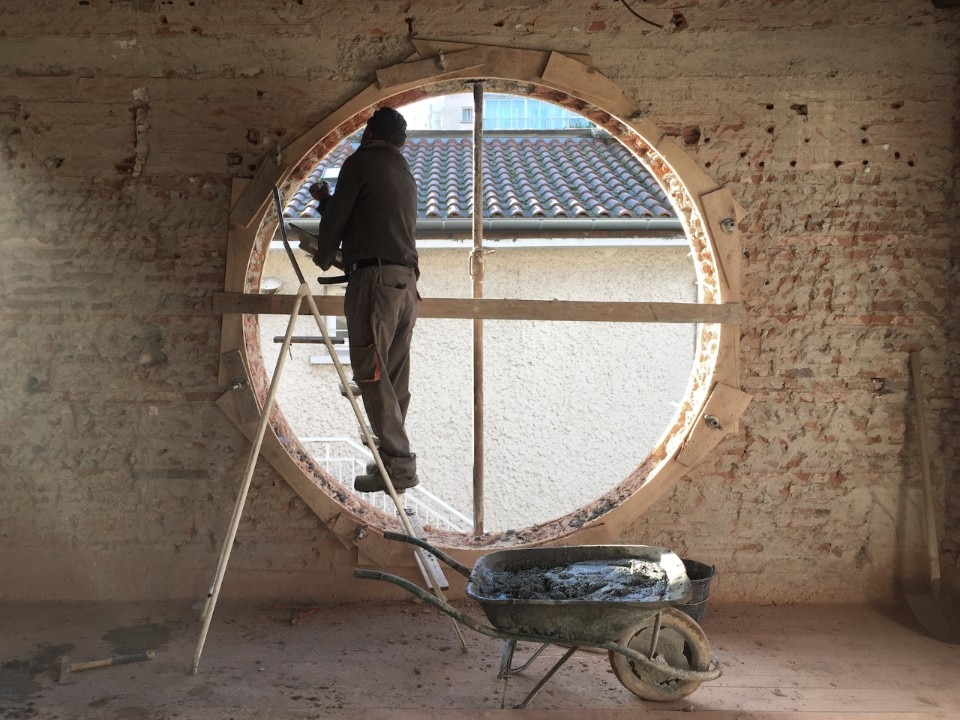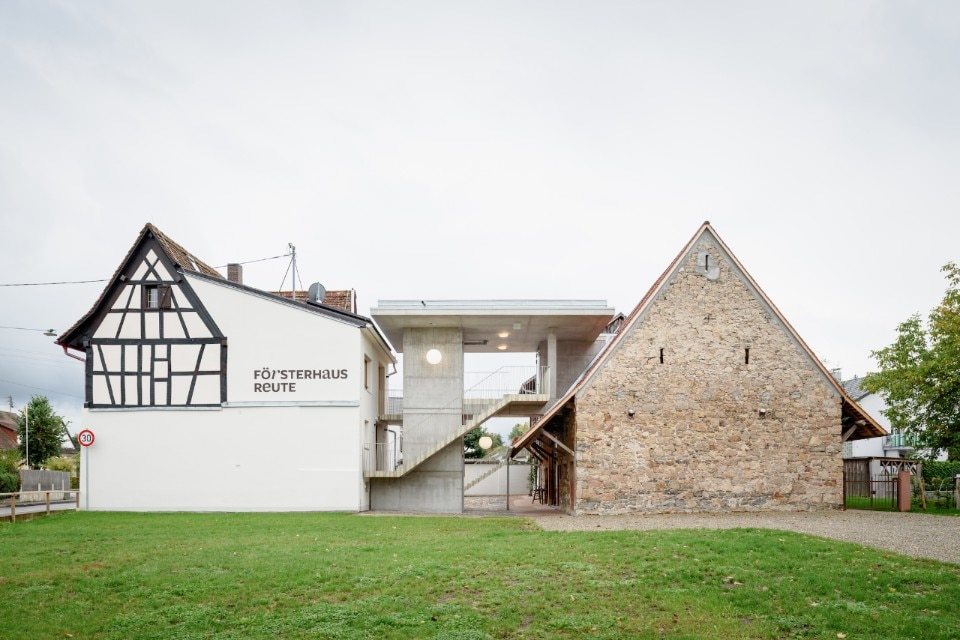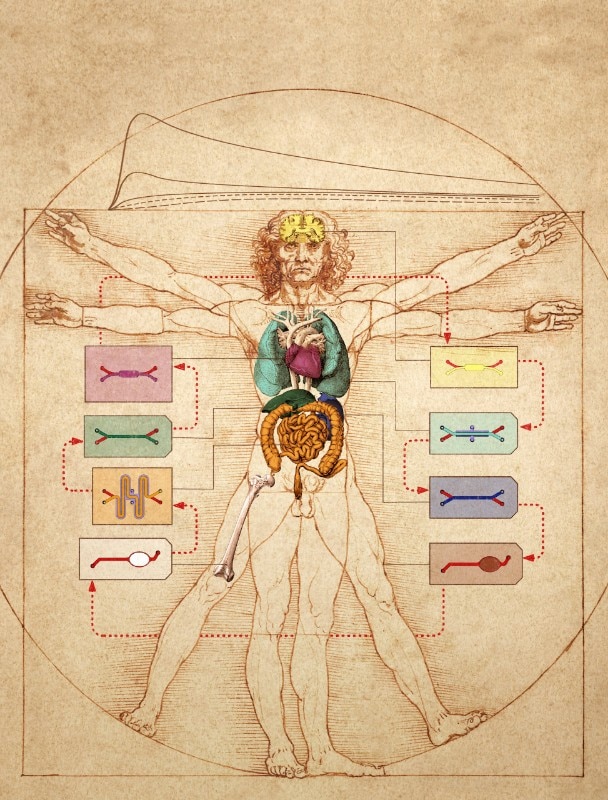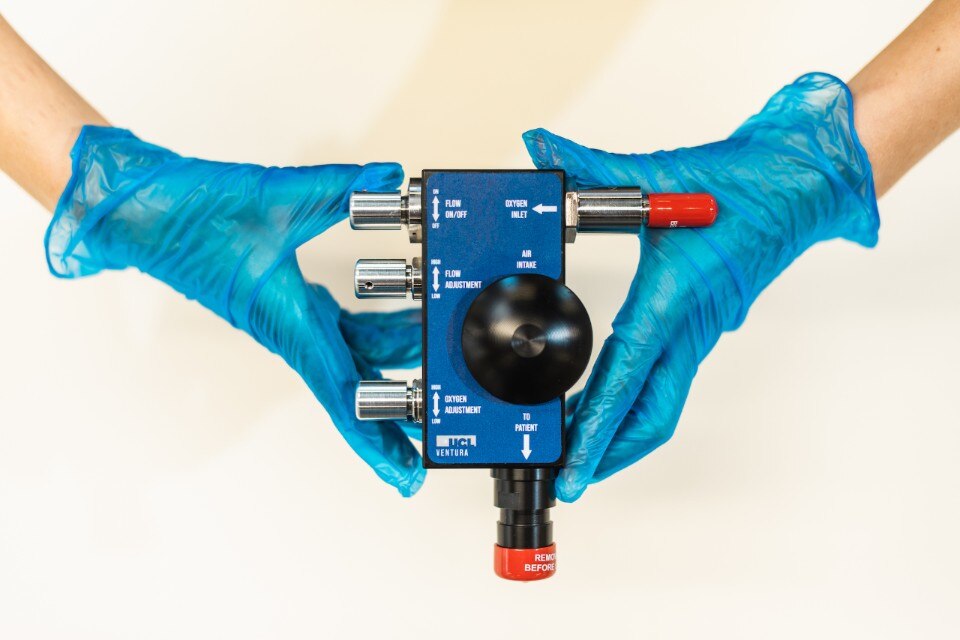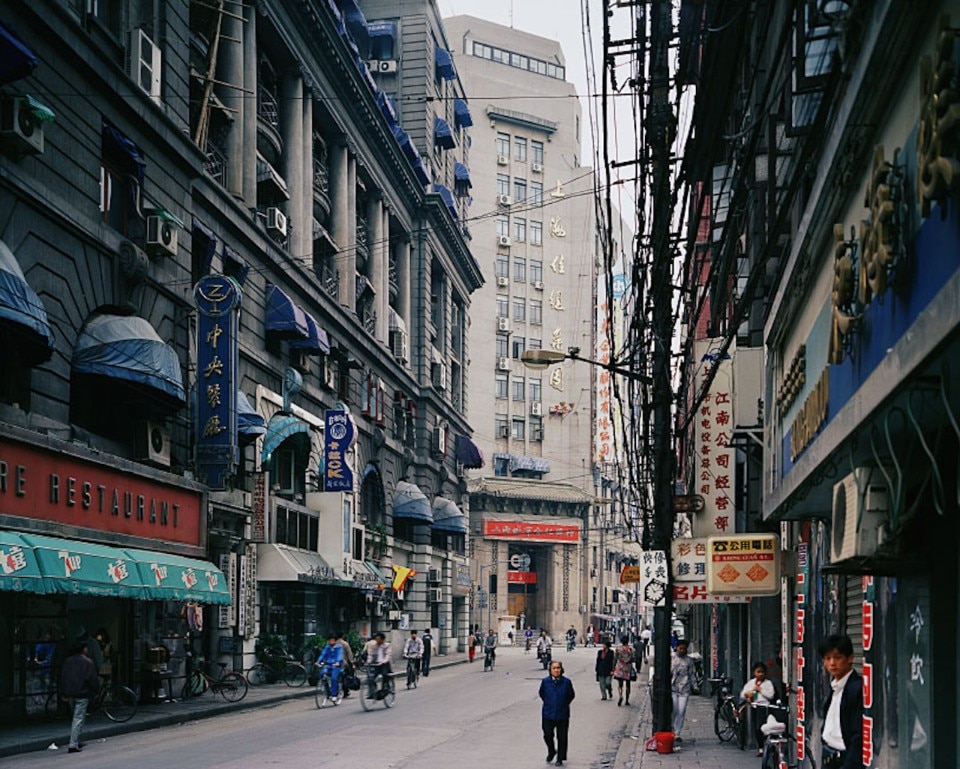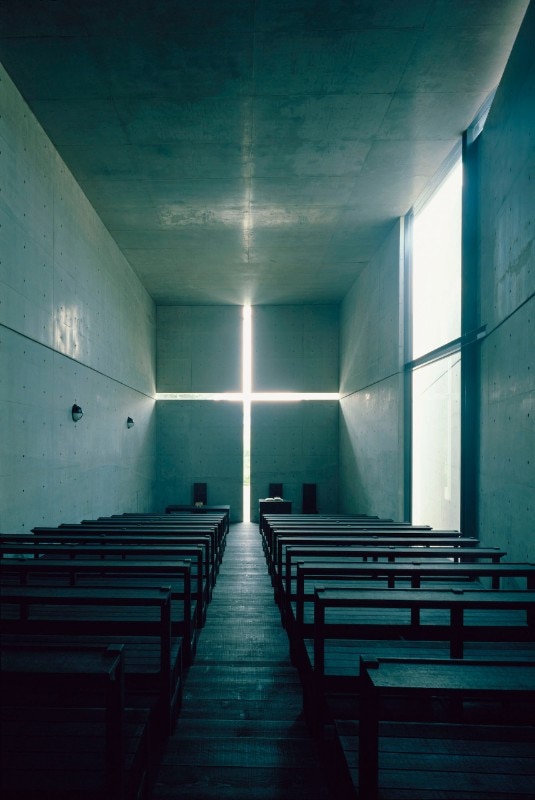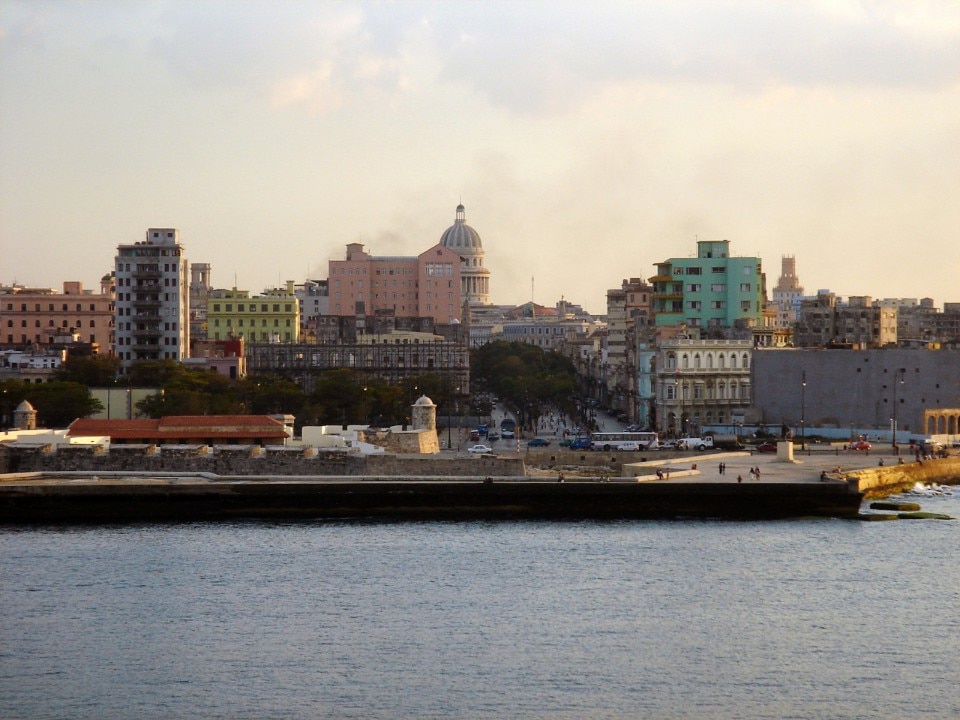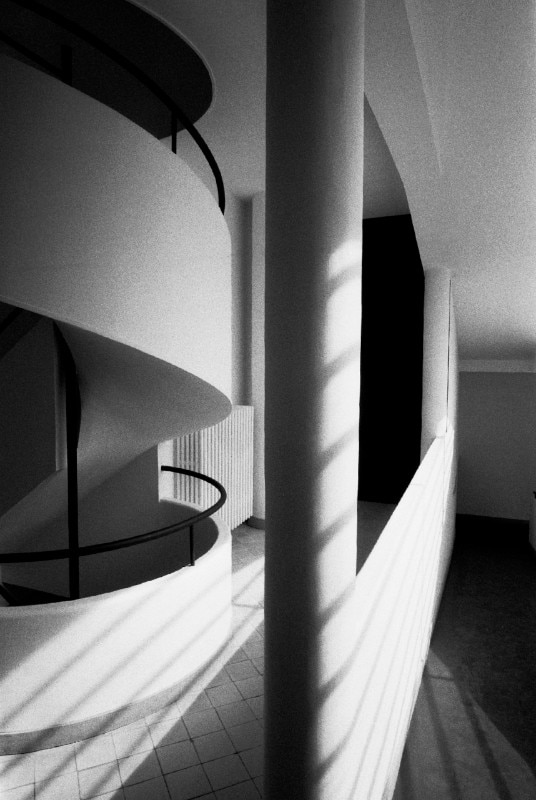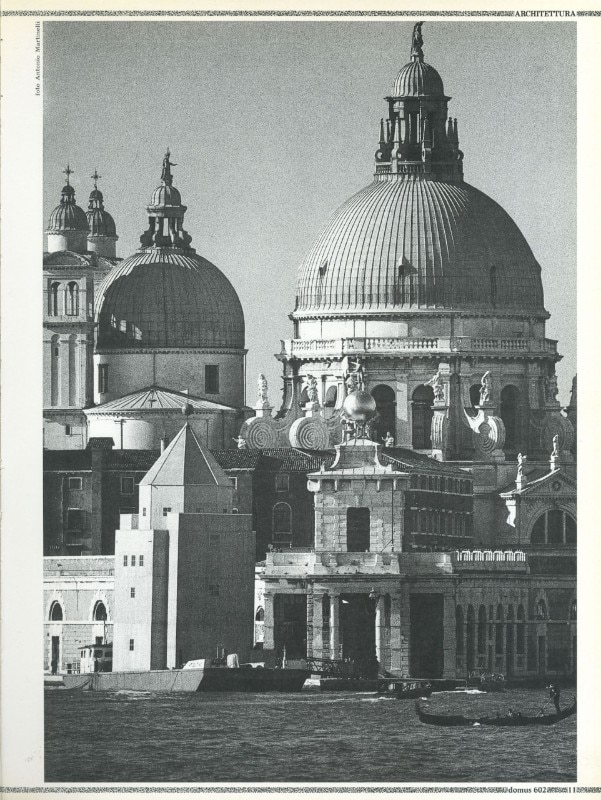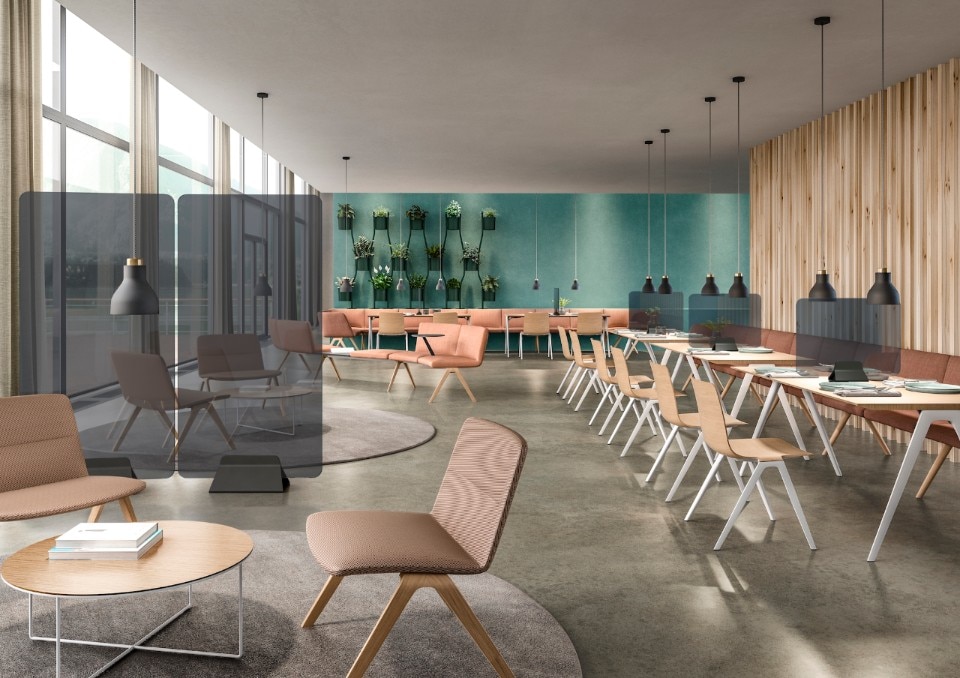The programming of the ten issues of Domus 2020 focused the attention on the professional position of architects in a rapidly changing world, giving priority to the role of practice rather than the publication of projects. David Chipperfield, in his last editorial publishe on Domus 1051, questions how architecture today faces much larger scale issues, with a more complex commitment to social representation, environmental awareness and political mandate.
Saskia Sassen opens the latest Agenda by reflecting on how the abstract dynamics of the global economy are reformulating the scale of our spatial units. Despite our “impressive ability to translate virtually anything into digital terms,” material conditions still carry weight. Lucia Allais investigates the rediscovery of the circle as an instrument of spatial ordering in architecture, as well as the increase in our awareness of the perimeter surrounding our body. At the same time, Vittorio Magnago Lampugnani leaves a touching advice to architects and urban planners: “The material realization of a concept cannot be considered separate from the concept itself”.
Continuing in the speech started with the October issue, we use the Practice section to expand the theme, asking fellow architects to answer the question: “What will the future of architecture be like? Toshiko Mori illustrates two projects of the firm in Senegal, proposals based on the idea that architecture has the potential to help give stability to communities with scarce resources. For Atelier Bow-Wow the designs are an important platform for sharing the resources of society. Anne Lacaton and Jean Philippe Vassalci affirm the need to defend the pleasure of living, understood as a political act: it is a necessity, a problem that must be addressed at the same level as an environmental priority. Studio Mumbai catalogues, through a series of their shots, elements characterizing the perception of the physical world in which we live, stratification of our cultural evolution. The Bureau Architectures Sans Titre architectural studio portrays with a series of photographs the workers and technicians in action on the construction sites of their projects, from the renovation of a former garage in offices to the extension and thermal improvement of a house. Tony Fretton analyzes three projects carried out by professionals, also dedicated to the world of teaching and theory. Without clamour, what they have done is an antidote to architecture and objects that are made for publication, but distract us from seeing and keep us from being.
At the end of the Design and Art section, Stefano Maffei tells how the realities of design are no longer linked exclusively to materiality. Jasper Morrison instead continues his personal reflections on his long relationship with Milan. He reminds us that curiosity and human relationships are essential to the full development of the creative process. Close cross-sector collaboration and the “diffusion of design skills” have played a critical role in the urgent need to develop and provide new healthcare equipment in the first months of the world pandemic. Antonio Andreoni and Dan Hill focus on health equipment projects developed in the months of the global emergency, stating that considering them as strategic design “would allow the emergence of broader perspectives” in medical innovation, as well as for more resilient health facilities. The last article in the Art section concerns the work of Thomas Struth, whose images this year accompanied the Agenda section every month.
Among the Reflections, we closely observe a technical drawing of Tadao Ando’s Church of Light, where he sought to express clarity and purity. In Cuba, where Rik Nys reveals the complexity of the conservation of Old Havana aimed at meeting the needs of international tourism. Katharine Kilalea guides us to South Africa in an abandoned replica of Le Corbusier’s Villa Savoye, evoking the magical feeling of a new place for a familiar symbol. Fulvio Irace extracts Aldo Rossi’s Teatro del Mondo from the archives to reflect on the concept of scale. Playing on miniaturization and enlargement from architecture to object and vice versa, Rossi’s work “questions the identity of greatness”.
In this month’s Diary, pages dedicated to current events, Melissa Daniel tells us about the black utopia of an African American Bauhaus, such as Black Wall Street in Tulsa, Oklahoma, in the 1920s, and Seneca Village in New York, in the 1920s. Angela Maderna describes “House of Cards”, the new exhibition by photographer Thomas Demand in Leuven, Belgium. In the section dedicated to art, Valentina Petrucci talks with Massimo de Carlo, a collector with headquarters in Piero Portaluppi’s Casa Corbellini-Wassermann. Silvana Annichiarico continues with the selection of three emerging talents in the world of design. The editorial director Walter Mariotti concludes the section with the Coffee Break column, in a conversation with Gianni Berengo Gardin, one of the most important Italian photographers.


